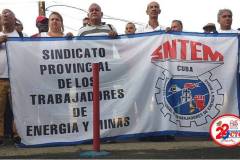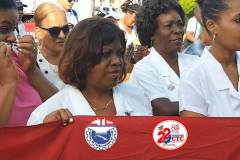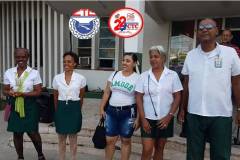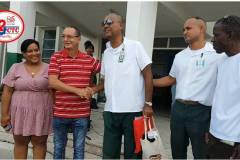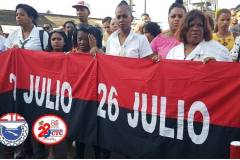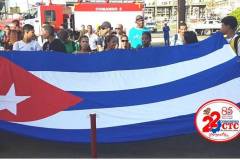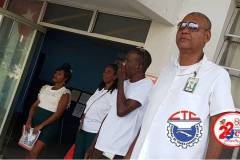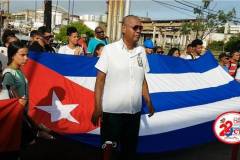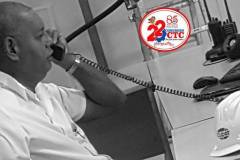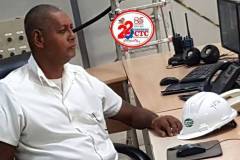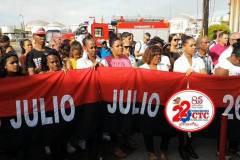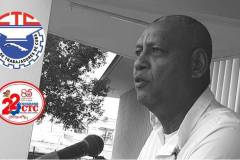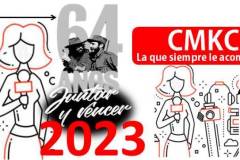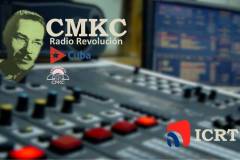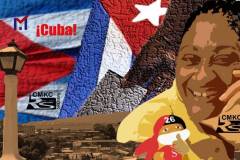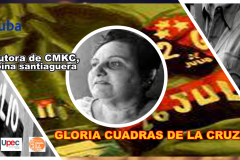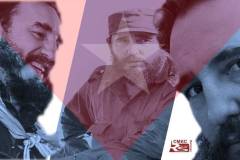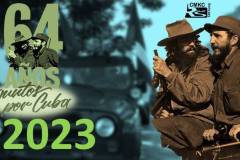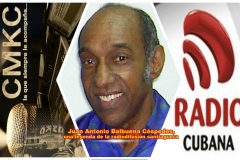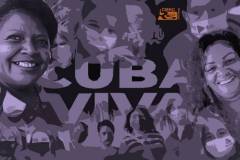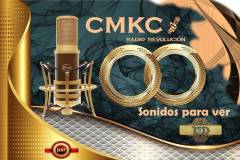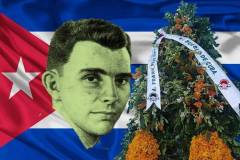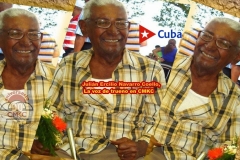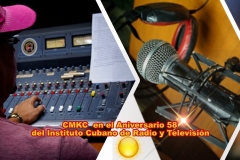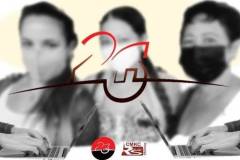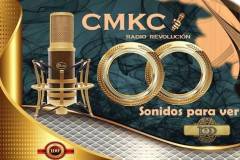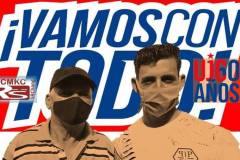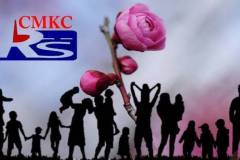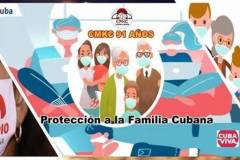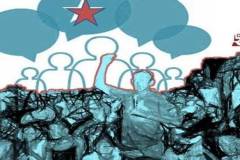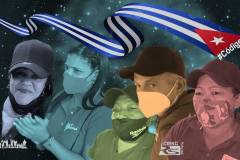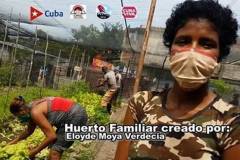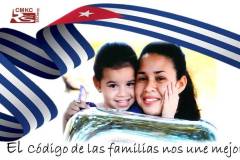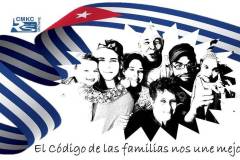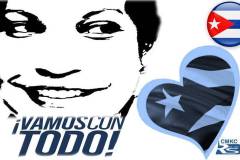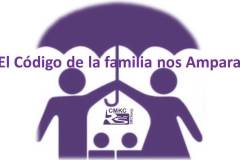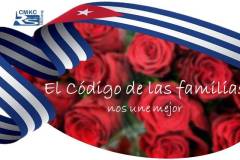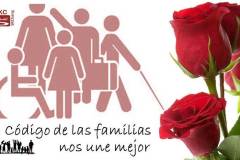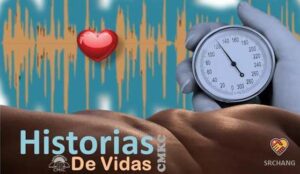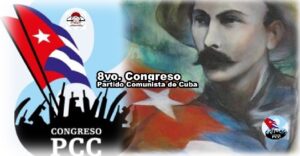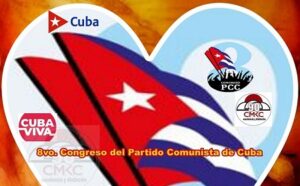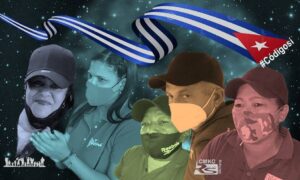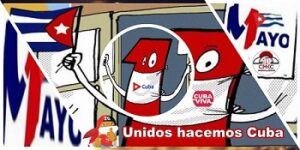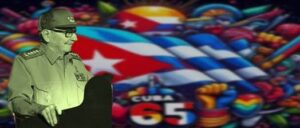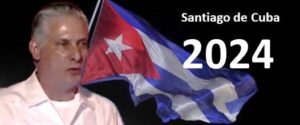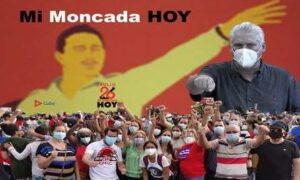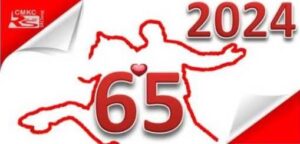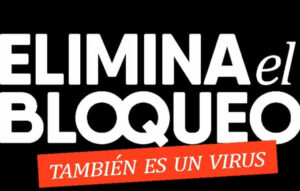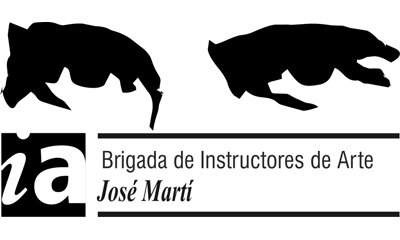
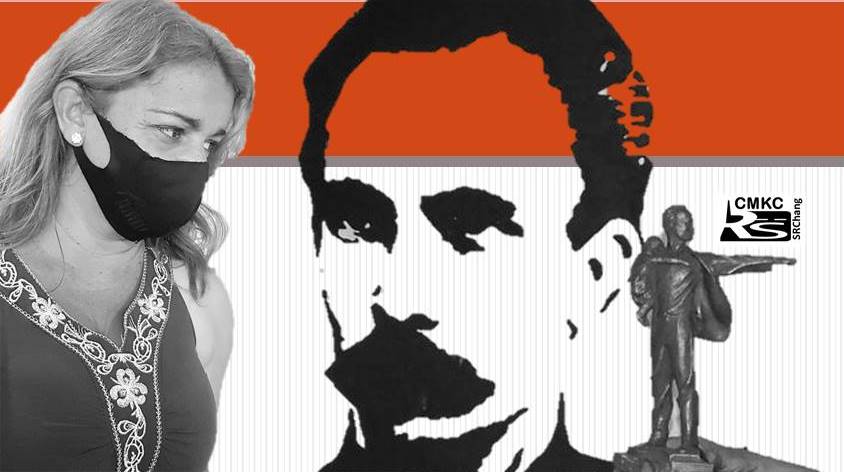
By: Yailen Aguilar
Inspired by the thought of Jose Marti, the art instructor brigade responds to the call of the new times as collaborators on the front line of the health crisis.
The messengers of culture rely on the various artistic manifestations to guarantee a celebration in which all age groups can get involved in this Day of Cuban Culture.
Together with the educational sector and the system of cultural centers, the youth vanguard decided to leave a mark in the popular imagination, infecting all people with sensitive samples of talent.
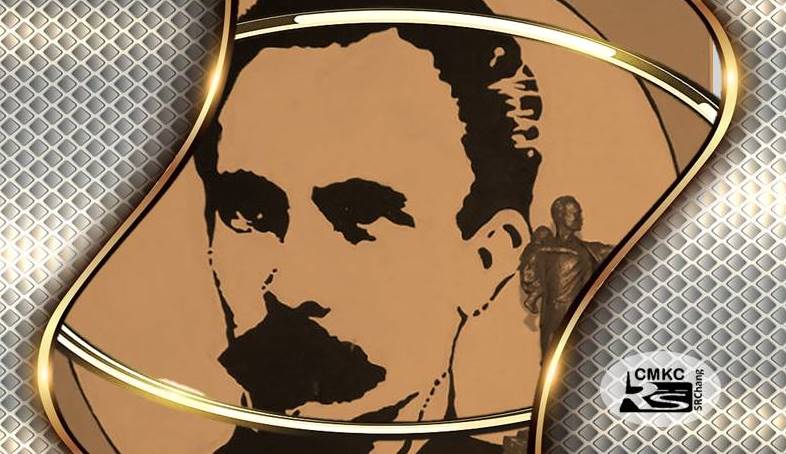
«Jose Marti” Art Instructors Brigade
It is a cultural movement composed of art instructors created by Commander Fidel Castro Ruz on October 20, 2004 baptized as the «Jose Marti” Brigade of Art Instructors (BJM) whose main objective is to upgrade the cultural level of all Cubans.
This Program of the Revolution was led in its first years by the Young Communists League and simultaneously the sectors of culture and education.
On April 14, 1961, the First National School of Art Instructors (ENIA in Spanish) was inaugurated in Cuba. This first ENIA was created at the same time the country carried out the National Literacy Campaign in the midst of the Cultural Revolution that took place throughout the island. ENIA graduates were to channel the skills and vocations for art of students, workers, farmers and housewives.
In the 1970s the strategy to be followed by the Cultural Policy of the Revolution alternated with the opening of the ENA and ENlA enrollment (according to the needs of the country). In the 1980s Cuba was facing an adverse reality, an important part of the young ENIA graduates had abandoned their work as Art Instructors, many because they had become professional artists. It was decided to create the EPIA (Provincial Schools of Art Instructors). Each province outlined its strategy to graduate the technical force needed in the community houses.
At the end of the 80s and part of the 90s the ENIT (National School of Theater Instructors) was created and developed.
The Special Period in the 90’s, as in so many spheres, affected culture, and the schools that trained Art Instructors disappeared, with the exception of ENIT.
The exodus of graduated instructors who, for economic reasons, were removed from the National System of Community Houses affected one of the most important achievements of the cultural policy of the Cuban Revolution and the most precious fruit in the work of the instructors: the Movement of Amateur Artists.
In the year 2000 the Commander in Chief Fidel Castro, heading the Working Group of the Battle of Ideas, approved the creation of the new Schools of Art Instructors (EIA) and also guided that in a parallel way in each province they would offer courses for working.
These technicians were paid as cultural promoters or were amateur artists of notorious quality who entered the community houses replacing non-qualified instructors. In 2004 the First Graduation of the EIA took place. Commander Fidel Castro Ruz, on October 20, 2004 at the «Che» Guevara Square (Santa Clara) officially inaugurated the “Jose Marti” Brigade of Art Instructors (BJM).
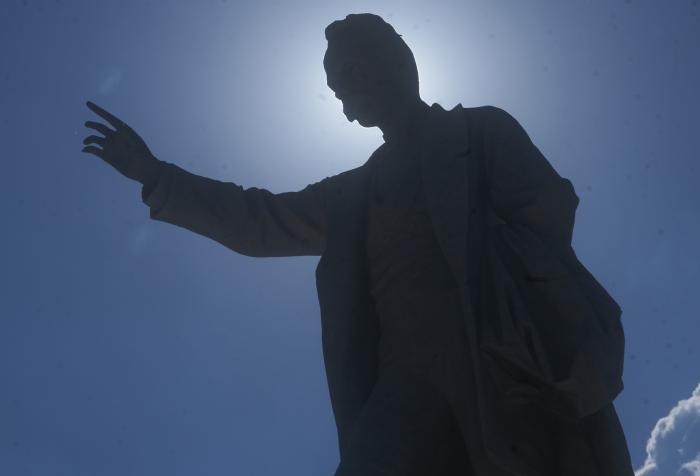
Translator: Guillermo Rodriguez Cortes
October 1869 finds the Marti-Perez family at 55 San Rafael Street. On the fourth of the same month, a squad of Volunteers pass in front of Fermín Valdes Dominguez’s house, at 122 Industria Street and think that the young people present there (neither Marti nor Fermín were among them) have made a mockery of them.
During the night they search the house and found a letter signed by Marti and Fermin in which they labeledthe fellow disciple Carlos de Castro y de Castro as an apostate for enlisting in the Volunteer Corps and fighting against his homeland. For this cause they are arrested Fermin and Eusebio Valdes Dominguez and later Manuel Sellen, Atanasio Fortier and Santiago Balbin for behavior against the Volunteer Corps of the Light Battalion that night; and on October 21st, José Marti, whom they qualify as «a declared enemy of Spain». All of them are accused of disloyalty. Days later Fortier, Sellen and Balbin were released.

